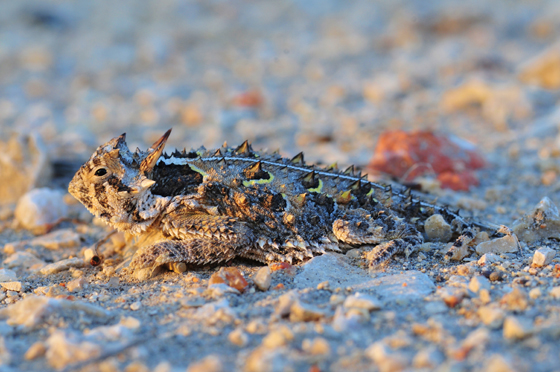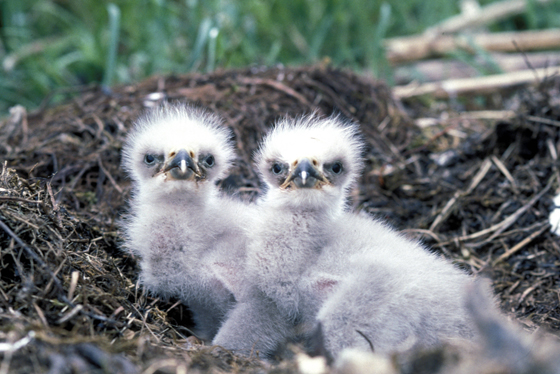Science-based Wildlife Management

2025 Spring Antiques Show | March 20 – April 6
2025 Fall Antiques Show | October 4 – 18
Bald eagle. Pronghorn antelope. Rio Grande turkey. Each iconic species was diverted from extinction’s path by science-based wildlife management.
Science-based wildlife management uses actions such as monitoring species, evaluating habitat, changing or maintaining land use, managing hunting intensity and providing information to landowners, organizations, tribes and governments on the best ways to manage wildlife populations wherever they occur.
Who is responsible for managing wildlife species in Texas?
In the United States, we follow the North American Management Model. The model’s core principle is wildlife belongs to everyone, not just the wealthy or landed gentry, and it should be managed so that populations remain healthy forever.
To achieve this goal, each state has a natural resource department that’s responsible for managing wildlife and habitat now and into the future. In Texas that agency is the Texas Parks & Wildlife Department (TPWD). TPWD fulfills this mission in partnership with local experts, private landowners and community support, exponentially increasing on-the-ground management, research and habitat improvement.

Who pays for all of this management?
In the late 1800s, sporting groups banded together to create a stable, sustainable source of funding for wildlife management. It might seem unthinkable today, but they actually lobbied for legislation to tax themselves to take care of the resources they valued so much.
In 1937 Congress passed the Pittman-Robertson Act that established a conservation fund financed by hunters and recreational shooters through hunting license sales and an excise tax on firearms and ammunition. This enabled states to make long-term investments in science-based management, resulting in the restoration of once depleted white-tailed deer, elk, wood ducks, striped bass and many other game species.
Does all wildlife get an equal slice of the funding pie?
Since hunters do most of the investing, the species that receive the most dedicated funding are game species. Generally, increasing good habitat for these game species benefits other species that aren’t hunted, but we don’t always know the real effects of managing, for example, white-tailed deer on other species such as swamp rabbits, Texas fence lizards or bar-winged skimmers.
In Texas, only 59 of 1,022 native wildlife species are game species, so that means about 94 percent of wildlife in Texas are nongame and do not have dedicated funding for their management.

Closing the gaps
Recently, the Blue Ribbon Panel on Sustaining America’s Diverse Fish and Wildlife Resources was charged with examining the current system of conservation funding and recommending a new mechanism that will conserve all fish and wildlife. The panel is made up of 26 national business and conservation leaders from outdoor recreation retail and manufacturing, energy and automotive industries, private landowners, educational institutions, conservation organizations, sportsmen’s groups and state fish and wildlife agencies.
The Blue Ribbon Panel considered nearly two dozen potential options for creating a more sustainable funding option for wildlife management. These ranged from mandatory excise taxes on outdoor-related equipment and supplies to voluntary contributions by business and corporations such as annual donations based on a percentage of net income.

The Blue Ribbon Panel recommended that Congress dedicate up to $1.3 billion annually in existing revenue from the development of energy and mineral resources on federal lands and waters to the Wildlife Conservation Restoration Program. These funds would provide states with the resources needed to implement State Wildlife Action Plans which are designed to conserve over 12,000 species of greatest conservation need.
The funding’s purpose is conserving the full array of fish and wildlife and their associated habitats, particularly those that are declining and have few or no other source of funding. Each state identified “Species of Greatest Conservation Need” in their State Wildlife Action Plan, which include federal and state endangered or threatened species, other rare and declining fish and wildlife species, and more abundant species that face emerging threats or whose status is unknown. Any species identified as a Species of Greatest Conservation Need, whether game, non-game or sport fish species, could receive funding through this program.
Historically, when fish and wildlife have faced a crisis, the nation has responded. We can create a more optimistic future for our nation’s rich natural heritage through dedicated and sustained investment. We need to act now to build a safety net for all fish and wildlife, create regulatory certainty for business and address the growing disconnect between people and nature. Failure to do so will mean that our generation will leave the nation’s rich natural assets impaired rather than robust.
The Roundtopolis is home to wildlife and habitat. The Register is proud to offer information from the biologists at Texas Parks & Wildlife Department in both the wildlife and urban wildlife programs. For more information about wildlife programs in the area, call the TPWD District Wildlife Office in La Grange at 979-968-6591, contact the Urban Wildlife Program at 210-688-6447 or find your local biologist at www.tpwd.state.tx.us. (Click on “Wildlife” and then “Find a Wildlife Biologist.”)
by Kelly Conrad Simon
Urban Biologist
Texas Parks & Wildlife Department
photos courtesy of Texas Parks &
Wildlife Department
2025 Spring Antiques Show | March 20 – April 6
2025 Fall Antiques Show | October 4 – 18